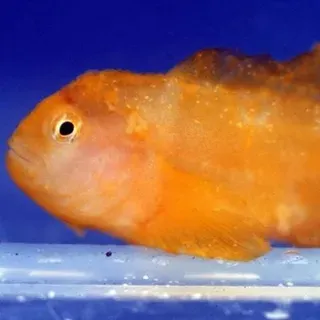Not to gotcha you, but if it's two pumps each putting out 300gph or a single 600gph pump going in parallel to two UVs, that's the same no? Both are just different mechanical configurations of the water routing.
RE the sizing and what not, maybe I'm misinterpreting the original post, but I assumed it's two equal sized and the only difference is plumbing configuration. Everything held fixed my vibe being both configurations seen equivalent. As long as you don't do crazy town and do 2-600gph separate pumps versus a single 600gph. That definitely would be worse, because total dwell time is halved.
Said differently, ignoring some details, I'm proposing these seem equivalent (600gph being arbitrary):
1. A serial, setup with 2 UV and a 600gph pump
2. A single 600gph pump connected tee-ed to 2 parallel UVs
3. Two separate 300gph pumps powering 2 separate UVs
I originally thought the double 300gph would be better, but I don't think the math works out that way. Given that I think the answer is "doesn't matter", and whichever is easier to plumb and do maintenance on.
yes, in theory all three of those are the same from a dwell time perspective. Having two in parallel could avoid unnecessary (potentially small) complications.
However:
1. maintenance is not the same
2. Need to ensure that the correct flow for both UV units vs. one if done in series
3. Chance (though probably small) of having just UV treated water immediately go into the other UV unit vs "new water" lowering turnover rate
Last edited:



